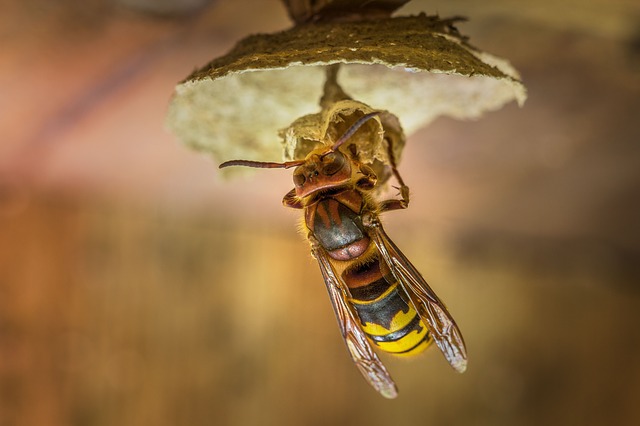Interesting Facts about Wasps
Several wasps are social insects that produce a colony. Colonies begin a new each spring, initiated by a single fertilized female (queen) that has survived winter. The social wasps construct their nest of paper, which they produce by chewing on wood, scraps of paper and cardboard. Social wasp colonies are very small early in the season but expand rapidly through the summer as more wasps are raised that assist in colony development.
By the end of summer, a colony may include dozens, or even several hundred individuals. Some wasps reared at the end of the season are fertile females (potential queens) and a few males. In fall, colonies are abandoned, never to be reused, and the fertilized females scatter to find protection during winter. The remaining members of the colony perish with cold weather.
Most social wasps rear their young on a diet of live insects. Several types of social wasps are important in controlling insect pests such as caterpillars. An exception to this is the western yellowjacket which primarily scavenges dead insects, earthworms and other carrion, including garbage. This scavenging habit is usually why yellowjackets become serious nuisance problems.
Male wasps occasionally visit flowers to feed on nectar, however, social wasps are generally not important plant pollinators. All social wasps are capable of producing a painful sting but none leave the stinger embedded, as do honey bee workers. Most stings occur when the colony is accidentally disturbed.

